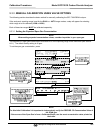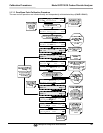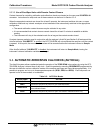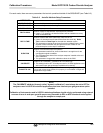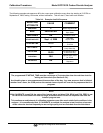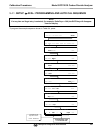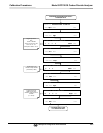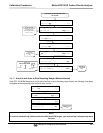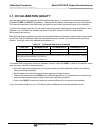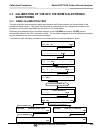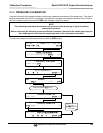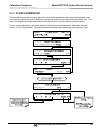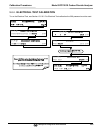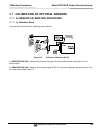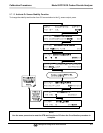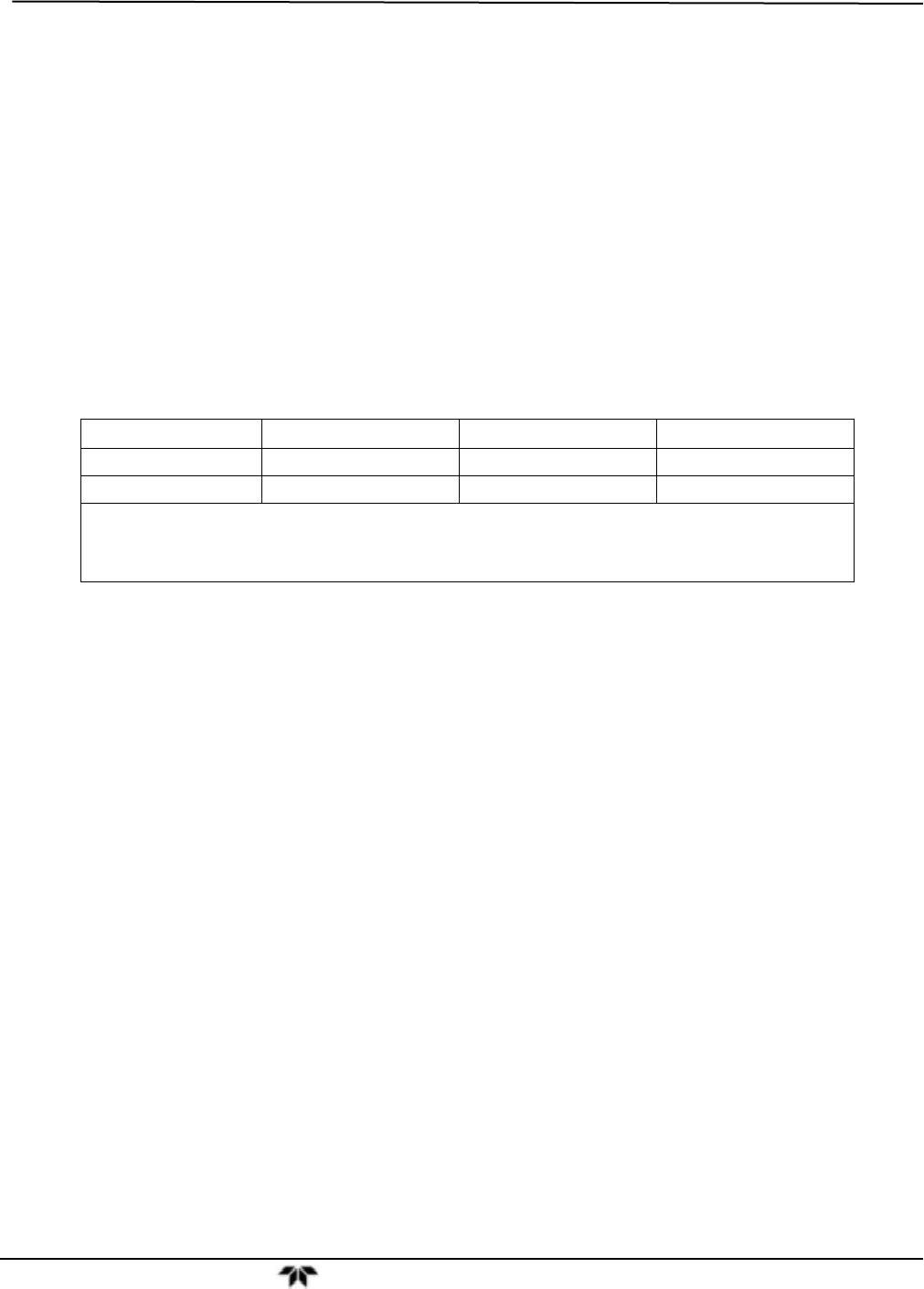
Calibration Procedures Model GFC7001E Carbon Dioxide Analyzer
Teledyne Analytical Instruments 204
9.5. CO CALIBRATION QUALITY
After completing one of the calibration procedures described above, it is important to evaluate the analyzer’s
calibration SLOPE and OFFSET parameters. These values describe the linear response curve of the analyzer.
The values for these terms, both individually and relative to each other, indicate the quality of the calibration.
To perform this quality evaluation, you will need to record the values of both test functions (see Section 3.5.4 or
Appendix A-3), all of which are automatically stored in the iDAS channel CALDAT for data analysis,
documentation and archival.
Make sure that these parameters are within the limits listed below and frequently compare them to those values
on the Final Test and Validation Sheet that came attached to your manual, which should not be significantly
different. If they are, refer to the troubleshooting Section 12.
Table 9-5: Calibration Data Quality Evaluation
FUNCTION MINIMUM VALUE OPTIMUM VALUE MAXIMUM VALUE
SLOPE
0.700 1.000 1.300
OFFS
-0.500 0.000 0.500
These values should not be significantly different from the values recorded on the Teledyne’s Final Test and Validatio
n
Data Sheet that was shipped with your instrument.
If they are, refer to the troubleshooting
Section 12.
The default iDAS configuration records all calibration values in channel CALDAT as well as all calibration check
(zero and span) values in its internal memory.
Up to 200 data points are stored for up to 4 years of data (on weekly calibration checks) and a lifetime
history of monthly calibrations.
Review these data to see if the zero and span responses change over time.
These channels also store the STABIL value (standard deviation of CO concentration) to evaluate if the
analyzer response has properly leveled off during the calibration procedure.
Finally, the CALDAT channel also stores the converter efficiency for review and documentation.
If your instrument has either an O
2
or CO
2
sensor option installed these should be calibrated as well.



